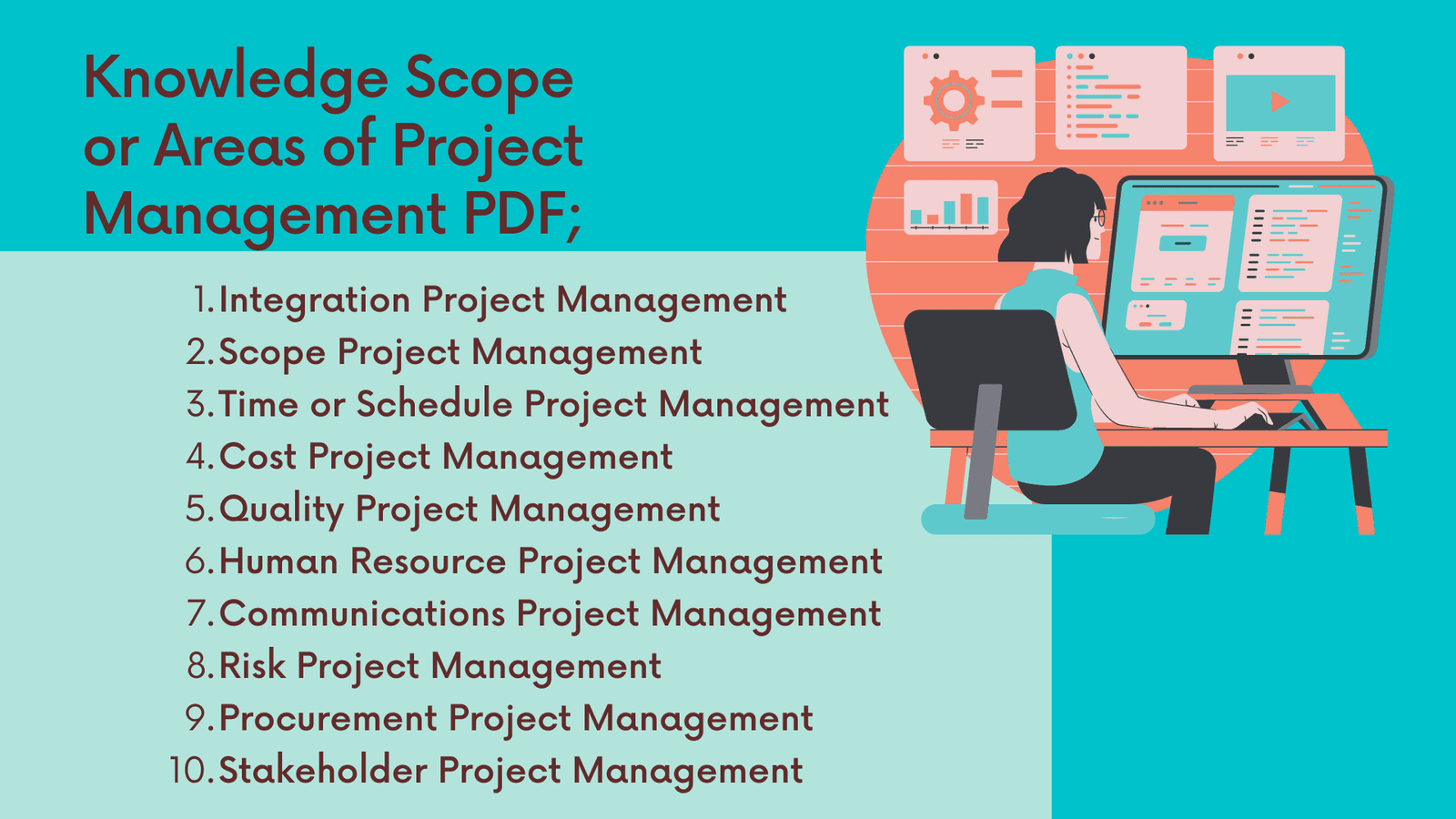What are the Important Tools and Techniques of Management Accounting? Management accounting is a branch of accounting that focuses on providing financial and non-financial information to internal users within an organization, such as managers, executives, and decision-makers. Its primary objective is to support effective decision-making, planning, and control within an organization.
Top 10 Tools and Techniques for Management Accounting
Management accountants analyze and interpret financial data, as well as gather and present relevant information about the organization’s operations, performance, and financial position. They go beyond the traditional financial statements to provide managers with insights and analysis needed for strategic planning, resource allocation, performance evaluation, and cost management.
Scope of Management Accounting
The scope of management accounting encompasses various areas, including:
Cost accounting:
This involves analyzing and determining the costs associated with producing goods or providing services. Management accountants use cost data to evaluate profitability, set pricing strategies, and make decisions related to product lines or cost reduction initiatives.
Budgeting and forecasting:
Management accountants play a crucial role in preparing budgets and financial forecasts. They work closely with managers to set financial targets, allocate resources, and also monitor performance against the budgeted figures.
Performance measurement and analysis:
Management accountants develop key performance indicators (KPIs) and performance measurement systems to assess the organization’s overall performance and individual departments or business units. Also, They identify trends, variances, and areas of improvement and communicate these findings to management.
Strategic planning and decision-making:
Management accountants provide financial analysis and insights to support strategic decision-making. They evaluate investment proposals, conduct feasibility studies, perform cost-benefit analyses, and also assess the financial implications of different business strategies.
Risk management:
Management accountants assist in identifying, assessing, and managing various risks that could affect an organization’s financial health. Also, They contribute to risk analysis, develop risk mitigation strategies, and monitor the effectiveness of risk management initiatives.
Internal reporting:
Management accountants prepare and present reports tailored to the needs of different levels of management. These reports may include financial statements, budgets, variance analysis, performance dashboards, and ad hoc analyses to facilitate informed decision-making.
Overall, management accounting focuses on providing timely, relevant, and accurate information to help managers make informed decisions that drive organizational performance and success.

10 Tools of Management Accounting
There are various tools and techniques used in management accounting to facilitate financial analysis, planning, and decision-making. Here are 10 commonly employed tools in management accounting:
Budgeting:
Budgeting involves creating a detailed financial plan for a specific period, typically a year. It helps in setting financial targets, allocating resources, and monitoring performance against the budgeted figures.
Variance Analysis:
Variance analysis compares actual financial results to budgeted or standard costs, highlighting the differences or variances. Also, It enables managers to identify areas of concern or improvement and take appropriate actions.
Cost-Volume-Profit (CVP) Analysis:
CVP analysis assesses the relationship between costs, volume of production or sales, and profit. It helps in determining breakeven points, analyzing profitability at different levels of activity, and evaluating the impact of changes in volume or pricing.
Activity-Based Costing (ABC):
ABC is a method of allocating costs to products or services based on the activities required to produce them. Also, It provides a more accurate understanding of costs and helps in identifying cost drivers and improving cost efficiency.
Balanced Scorecard:
The balanced scorecard is a performance measurement framework that incorporates financial and non-financial measures to assess organizational performance. Also, It focuses on four perspectives: financial, customer, internal processes, and learning and growth.
Key Performance Indicators (KPIs):
KPIs are quantifiable metrics used to evaluate performance against strategic objectives. They provide a snapshot of critical areas and help in monitoring progress and identifying areas for improvement.
Cost-Benefit Analysis:
Cost-benefit analysis compares the costs incurred with the benefits gained from a particular project, investment, or decision. Also, It helps in assessing the financial viability and determining whether the benefits outweigh the costs.
Decision Trees:
Decision trees are graphical representations of decision-making scenarios. They assist in evaluating different options by considering the probability of outcomes and associated costs and benefits, aiding in informed decision-making.
Financial Ratios:
Financial ratios are calculations that analyze the relationship between different financial variables. They help in assessing the liquidity, profitability, efficiency, and solvency of a business and provide insights into its financial health.
Performance Dashboards:
Performance dashboards present key performance indicators and financial data in a visual format, often using graphs or charts. Also, They provide a quick overview of performance and enable managers to monitor trends, identify issues, and make data-driven decisions.
These tools and techniques support management accountants in analyzing financial data, facilitating planning and control, and providing valuable insights for effective decision-making within an organization.
10 techniques of Management Accounting
Certainly! Here are 10 commonly used techniques in management accounting:
Standard Costing:
Standard costing involves setting predetermined costs for materials, labor, and overheads for a specific level of production. It enables cost control by comparing actual costs to standard costs and identifying variances.
Activity-Based Costing (ABC):
ABC is a technique that assigns costs to products or services based on the activities required to produce them. Also, It provides a more accurate understanding of costs and helps in identifying cost drivers and improving cost efficiency.
Throughput Accounting:
Throughput accounting focuses on maximizing the rate at which products move through the production process, thereby increasing throughput. It emphasizes the impact of bottleneck operations and aims to improve overall organizational profitability.
Marginal Costing:
Marginal costing separates costs into fixed and variable components. It helps in determining the contribution margin per unit and assessing the impact of changes in volume or pricing on profitability.
Cost-Volume-Profit (CVP) Analysis:
CVP analysis examines the relationship between costs, the volume of production or sales, and profit. It aids in determining breakeven points, analyzing profitability at different activity levels, and evaluating the impact of pricing decisions.
Just-in-Time (JIT) Inventory Management:
JIT is a technique that aims to minimize inventory levels by receiving materials or producing goods only when they are needed. Also, It reduces storage costs, improves cash flow, and eliminates waste from excess inventory.
Target Costing:
Target costing involves setting a target cost for a product or service based on customer expectations and market conditions. It requires designing products with cost targets in mind and finding ways to meet those targets while maintaining desired quality and functionality.
Return on Investment (ROI) Analysis:
ROI analysis measures the return generated from an investment or project relative to its cost. Also, It helps in evaluating the profitability and attractiveness of investment opportunities.
Break-Even Analysis:
Break-even analysis determines the point at which total revenues equal total costs, resulting in zero profit or loss. Also, It helps in understanding the minimum sales volume required to cover costs and make a profit.
Cost Allocation and Transfer Pricing:
Cost allocation involves assigning shared costs to different products, departments, or projects based on appropriate allocation methods. Transfer pricing establishes the price at which goods or services are transferred between different divisions or entities within an organization.
These techniques are employed by management accountants to analyze costs, optimize resource allocation, evaluate profitability, and support decision-making within an organization.

















